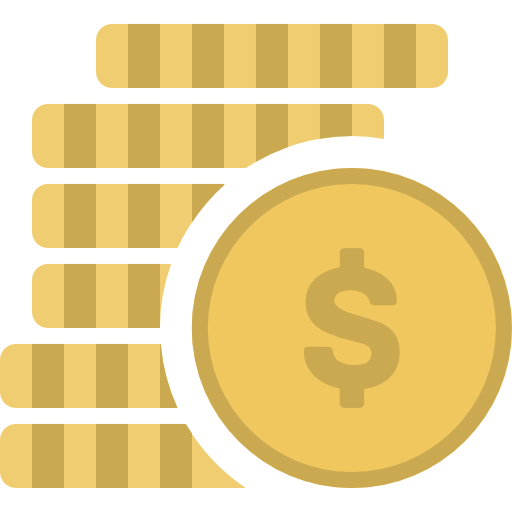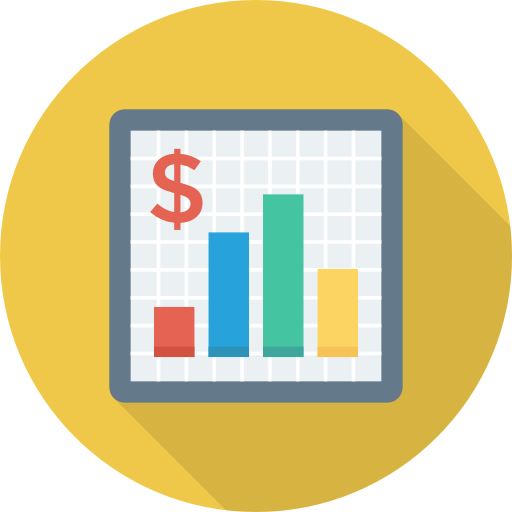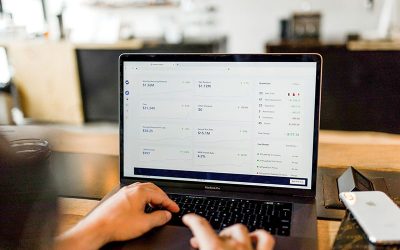Take a moment to imagine the following: your clients’ dues are set to come in by the end of the month, but rent is due in a few days. Perhaps the recent order to restock your inventory has arrived, but the income you were counting on for disbursements is not liquid yet. Or what if you’ve just hired a new batch of tradies whose collective salaries exceed the capacity of your business?
These are the times that understanding cash flow will come in handy. It is invaluable in keeping a business afloat and helping it grow.
If you want to be a better businessman, cash flow has to become one of the tools under your belt. Understanding it is one part of the wider concept of small business accounting. Without it, and it becomes so easy to lose track of the money entering and exiting your business. This is why so many consider it the key to success.
Business owners tend to forget that the flow of cash happens two ways: into and out of the company. Often, they fixate on only one of those and either spend too much or not enough.
So, on one hand, there is the danger of being overdrawn, but on the other, the ability to potentially invest in your business is wasted. This form of small business accounting ensures that you reach the optimal equilibrium between spending and earning.
This is why we’ve prepared this guide on cash flow to explain what it is and how knowing how to use it can help improve your business.
What is Cash Flow?
Understanding this subject is vital for any business that wants to avoid running into cash flow problems down the line. It is one part of small business accounting that you can learn and take up yourself. While it may seem complicated, the first step is understanding what it is in the first place.

So what is cash flow?
Cash flow can simply be defined as “the money that is moving (flowing) in and out of your business in a month” (The Balance). It is the movement of cash as you earn from the fees you charge your clients and spend as you make payments for rent, equipment, salaries, and the like.
To gain a more comprehensive view of this concept, we break it down into three components: cash flow as “revenue minus costs”, as liquidity, and as a circuit.
First off, “revenue minus costs” refers to the net amount your business is actually making. This should already factor in any expenses incurred during the time period. It is then the total cash you receive within a set time after subtracting all payments made.
Revenue alone does not provide the full picture because it only considers the income you gain from projects and clients without the necessary takeaways. This gives an inaccurate view of how much your company truly makes.
Ignoring the difference between revenue and “revenue minus costs” can prove fatal to your cash flow. Many tradies think they make tons of money, only to realize that their overhead leaves them with barely any take-home pay.
Overvaluing the amount of cash you have on hand can lead to overestimating your spending capacity. You may be emboldened to invest in a wider range of tools, or add more personal when you don’t actually have the cash to cover it. This is what makes accuracy in cash flow so essential.
In relation to revenue minus costs comes the concept of liquidity.
Liquidity focuses on the amount your business can afford to spend, which is, essentially, the aggregate of all your cash and liquid assets (i.e. assets that can easily be sold or converted to cash if needed).

The difference between “revenue minus costs” and liquidity lies in income. “Revenue minus costs” is able to count income as part of revenue, but it might not necessarily be counted as liquid.
This happens when the income you get remains in accounts receivable rather than being converted into cash. The problem of liquidity is actually one frequently experienced by those in the trades business.
By nature of the business being projects based—whether it be construction, repair, or electrical—income often lingers in accounts receivable as clients wait for the completion of projects. More than many other businesses, tradies should spend special attention to this aspect of cash flow.
Last is understanding cash flow as a circuit. You have to ask, where does it enter from, and where does it exit your system? Because money is the ultimate power source for your business.
Most misstake this to mean that having money means having power within the system when it actually means having the ability to power the system. Rather than money energising a business in itself, money is used to keep a business alive through buying good quality materials, paying salaries of efficient workers, and settling the monthly dues.
The circuit recognises that as important as money coming in is, it is equally important to observe where it comes out.
Now that you know what cash flow is, the next step is figuring out how to utilise it.
How can I calculate my cash flow?
You can generate insights into how efficiently your business is earning and spending money by running a cash flow analysis. This is particularly helpful for businesses whose periodic cash flow varies from month to month.
Trades businesses often fall victim to this as the number and magnitude of projects per month always change. Small business accounting methods such as this is exactly the right tool needed to keep on top of everything.

Calculating the overall flow can be as manageable as keeping track of all your inflows and outflows of cash. A statement or report is put to use when organising income and expenditures.
It assists you in creating a clear flow which specifically accounts where cash comes in, and where it exits. More than just a simple comparison of costs and earnings, a statement utilises special calculations for three classifications: operating, investing, and financing activities.
Operating activities are often the sector of a business which produces the most revenue. This covers the functions of a business which are done on a regular basis.
Paying electric bills, or stocking up on inventory are cash outflows that would fall under operating activities. While accepting payments for completed projects would be a cash inflow. Other activities included here would be those that do not necessarily fall under investing or financing as well, which is why operating activities is considered the largest classification.
The calculation for this applies the indirect method of presentation. The flow begins with an initial amount of either net income or loss, which can be derived from accrued revenue and expenses. It is then followed by both additions and subtractions for non-cash revenue and expenditures respectively. The resulting figure is the cash provided by operating activities.
Investing activities refer to literal investments. These investments could be in stocks and bonds or debt and equity securities. They are mostly connected to assets—whether buying or selling them.
The buying of stocks or lending of loans would obviously contribute to the outflows of cash. Conversely, selling of stocks and collecting of loans would be an inflow of cash. Conducting the analysis for investment activities follows most of the steps from operating activities. The distinction is only in the different items which should be taken note of.
The purchases and sales of the investment nature (mainly stocks and bonds) are the first part of investment’s flow. Fixed assets (land, buildings, and equipment) are the next to be taken into account. Last is the business entities.

Financing activities are primarily rooted in funding. It is defined as “the line item contains the sum total of the changes that a company experienced during a designated reporting period that were caused by transactions with owners or lenders.” These changes could have been put to effect by either the acceptance of funding or the compensation for that same funding.
The inflow of financing activities takes into account sales of stock, issuance of debt, and donor contributions. Outflow, on the other hand, considers repurchasing of company stock and repayment of debt or dividends. The comparison of the two in a statement is how you compute for the flow under investing activities.
These three classifications should all come together to complete the analysis. They are not to be conducted in a vacuum but instead should interact with one another. The resulting figures from each operation are balanced altogether to ascertain the final cash flow. Doing all of this is how you do your own small business accounting.
Benefits of knowing your cash flow
Being able to know and maybe even predict your cash flow is the make-or-break of emerging businesses. It is the pivotal element in small business accounting. Knowing is your best bet in facilitating smooth sailing for your business through the following benefits.
First, is being able to prevent cash flow emergencies. These emergencies are outcomes caused by the mismanagement of cash. Picture the facilities in your office being cut off due to unsettled bills, or a project being stalled since not enough materials were stocked. Staying on top of how much cash there is to spend warns away such scenarios.
Planning for growth and expansion follows, as it is so much easier to invest when you know how much free cash your business has to spend. Definite figures show much allowance there is to expand manpower or upgrade tools.
Lastly, you are able to manage large or unnecessary costs. After a few months of tracking the way cash from your business flows you should be prepared to distinguish recurrent costs and earnings. This will help predict the best time and way to make space for large costs. It also singles out unnecessary costs that can be saved on.

Conclusion
This form of small business accounting aids in managing the current and future success of your company. It isn’t just to monitor your cash but to manage it and ensure the most efficient use of it. Which is why exploring small business accounting tools is imperative to understand your cash flow.








